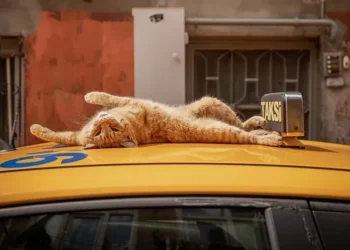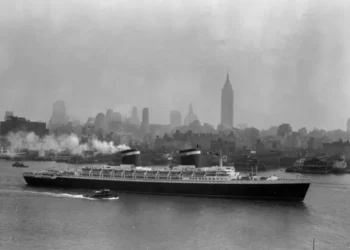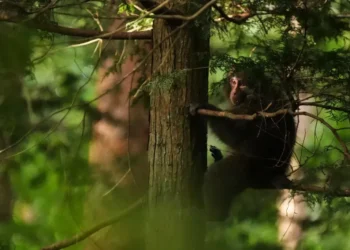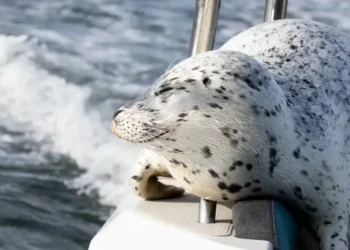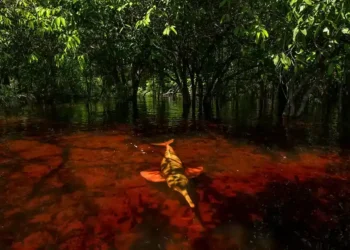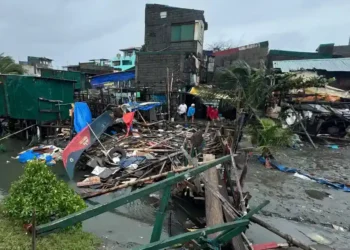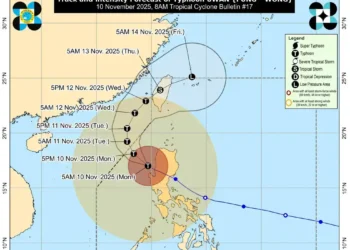Anastasia Samoylova on Capturing Florida’s Climate Anxiety Through Photography
Russian-born American photographer Anastasia Samoylova, known for her striking photography, is deeply engaged with the climate crisis in Florida. Her work often intertwines beauty and existential dread, presenting unsettling images of the state’s declining landscapes. A passionate admirer of “Barbie,” Samoylova found resonance in the movie’s exploration of difficult topics, including the character Barbie’s startling question, “Do you guys ever think about dying?” This, she says, is exactly the message she’s been trying to convey: “This is all pink and attractive, but we are going to die.”
Currently featured in exhibitions at both the Metropolitan Museum of Art and the Saatchi Gallery, Samoylova’s work explores Florida’s vulnerability to climate change. Her 2019 series “Flood Zone” paints a surreal, eerie picture of the state’s crumbling pastel-pink environments—cracked, bubblegum-colored concrete, flooded pools, uprooted palm trees, and displaced alligators. These haunting images differ from the typical portrayals of climate change, like starving polar bears and raging wildfires. “Everything is intertwined,” Samoylova explains, emphasizing that climate change isn’t some distant, abstract threat but something impacting us today.
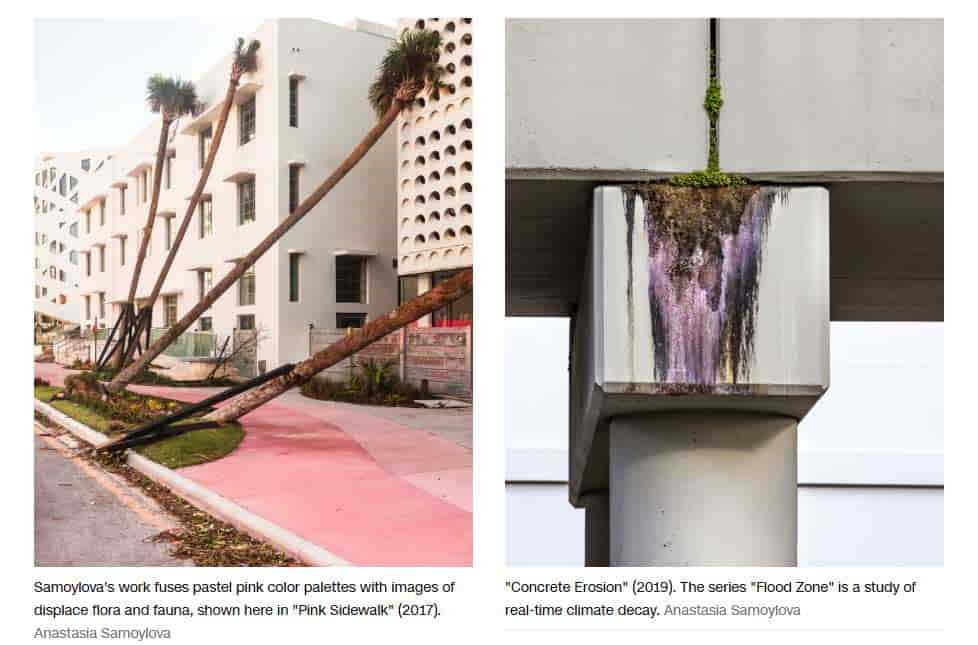
Samoylova moved to Florida in 2016 and quickly began documenting her new surroundings, capturing the state’s extreme weather and aging infrastructure. Nearly eight years later, in the wake of disasters like Hurricane Milton, the relevance of “Flood Zone” has only grown. The storm killed over a dozen people and left millions without power, highlighting the urgency of her work. Yet, Samoylova resists being labeled an “environmental photographer.” She believes that the very act of photographing the world around her comes with the responsibility to reflect on the present moment—something beyond a simple label.
Her approach to photography is subtle yet impactful. By using an observational style, she avoids overwhelming viewers with direct political messaging, opting instead to offer thought-provoking images that spark reflection. “How do you communicate these complex subjects without making them off-putting?” she asks. Samoylova’s use of Florida’s bright, cheerful streets—often associated with tourists—then pulls viewers into a deeper conversation about the existential threats looming over the environment.
Despite her focus on Florida’s crises, Samoylova’s work carries a dark, poetic beauty that invites creative interpretation. She loves watching viewers engage with her images, leaving the work open-ended for personal reflection. One of her most powerful images, “Gator” (2017), features an alligator suspended in murky water. The image could be interpreted in many ways—whether the alligator is in a flooded street or a backyard pool—but Samoylova sees it as an allegory. “These beasts have been here forever. We are the ones encroaching on their habitat,” she explains.
Samoylova also draws comparisons to British author J.G. Ballard’s dystopian novel The Drowned World, which imagines a world consumed by water. In her alligator photo, she sees a metaphor for Florida’s future—where rising seas and extreme heat overwhelm the state. “This is Florida today—29°C (84°F) in November,” she notes. “We’re already at the bottom of that reservoir.”
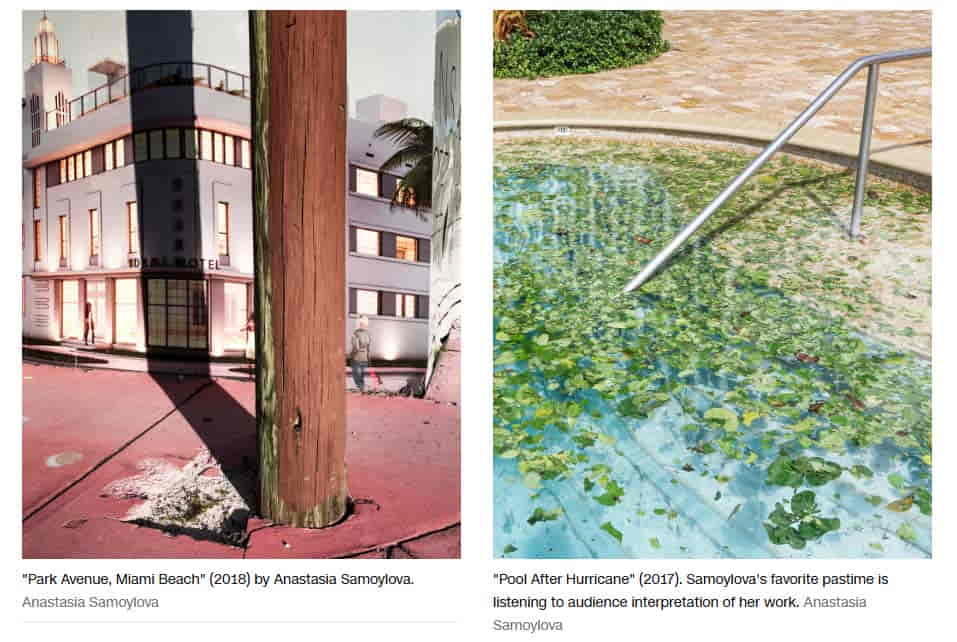
Despite the apocalyptic tone of her work, Samoylova remains hopeful. While she doesn’t consider herself an optimist, she believes in the possibility of positive change. Her upcoming project, “Transformations,” will focus on global climate solutions, showcasing innovations like solar panels, green roofing, urban gardens, and corporate efforts to tackle climate change. “We need a bit of hope,” she says, reflecting a belief that change, however slow, is possible.
Through her evocative photography, Samoylova captures not just the beauty of Florida, but also the fragile state of its landscapes. Her work challenges us to confront the pressing environmental issues of our time—while also reminding us of the potential for transformation and renewal.
This article was rewritten by JournosNews.com based on verified reporting from trusted sources. The content has been independently reviewed, fact-checked, and edited for accuracy, neutrality, tone, and global readability in accordance with Google News and AdSense standards.
All opinions, quotes, or statements from contributors, experts, or sourced organizations do not necessarily reflect the views of JournosNews.com. JournosNews.com maintains full editorial independence from any external funders, sponsors, or organizations.
Stay informed with JournosNews.com — your trusted source for verified global reporting and in-depth analysis. Follow us on Google News, BlueSky, and X for real-time updates.


